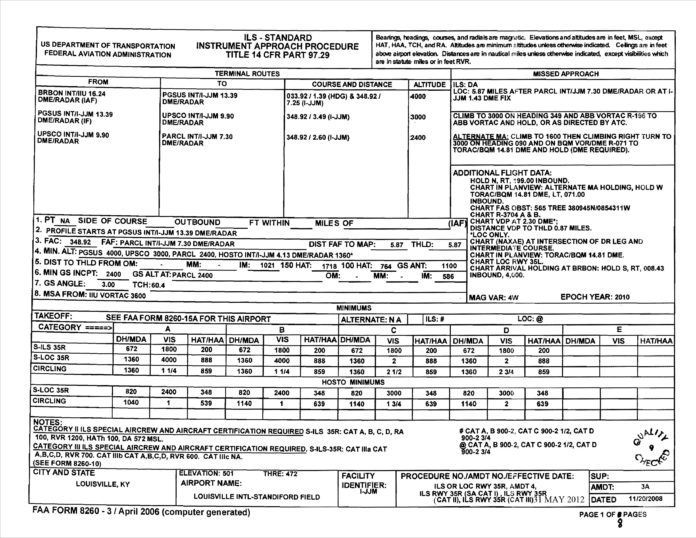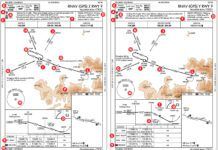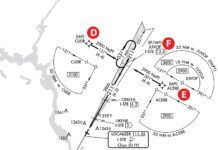It’s true. You really don’t have the whole picture, by design. Alternate missed approach fixes have been sneaking onto approach charts for a while, but you won’t easily find a way to use them. It’s even difficult to find out when you would use those alternate holding patterns.
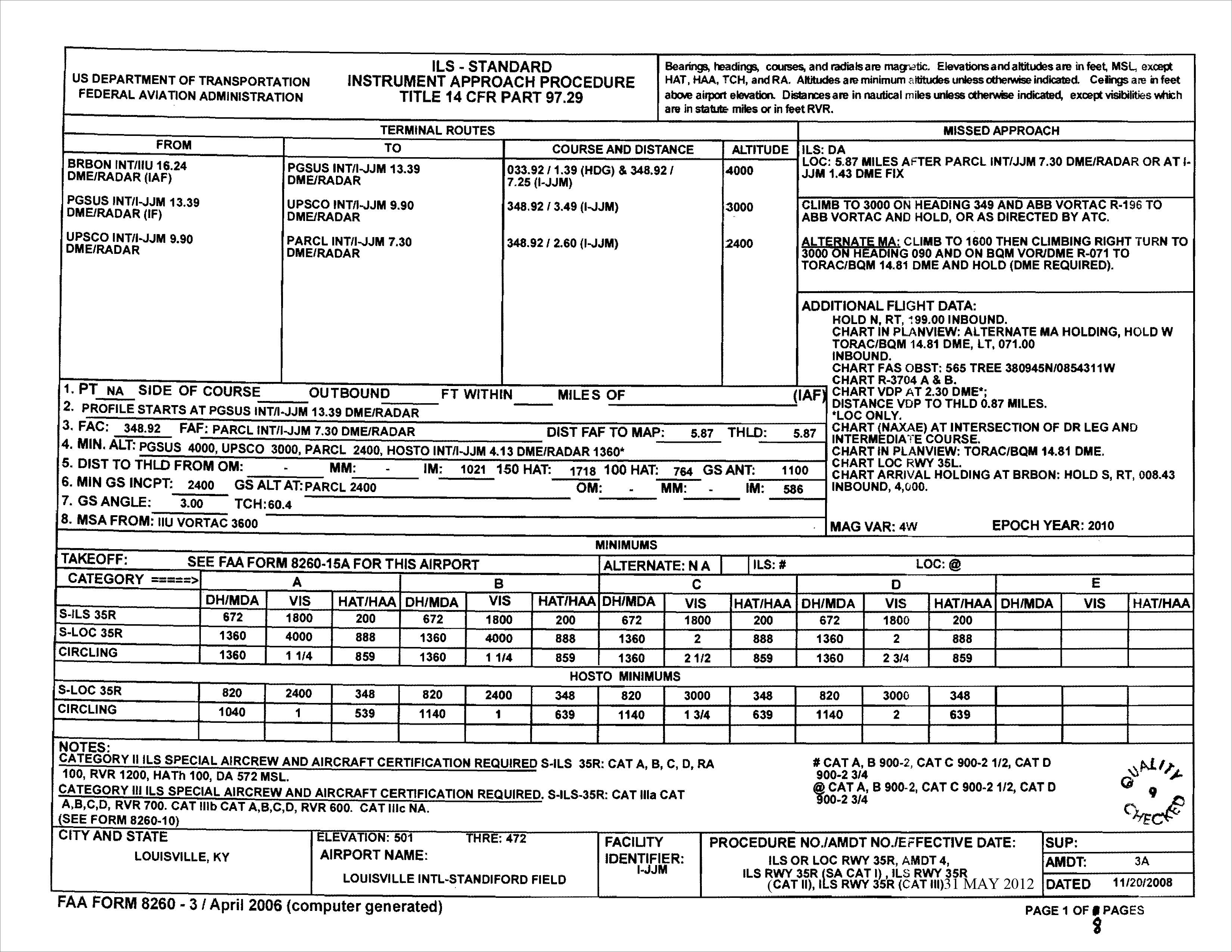
Those alternate missed approach holding fixes are associated with alternate missed approach procedures. These are in addition to your regular missed approach procedures and are established whenever the navigation facility used for the final approach and the missed approach courses differ on a given procedure (or when requested by ATC). You won’t find the procedure documented on approach charts, though.
To avoid potential confusion among pilots, it was decided early on that these procedures should not be depicted on approach charts. The reason being that if two different missed approach procedures were shown, invariably you would have a pilot fly the wrong one at an inopportune time. The alternate missed approach holding pattern is shown to aid situational awareness when the alternate procedure is in use.
At first glance, there might seem to be no logical correlation between having a missed approach and final approach that rely on different navaids and the need for an additional missed approach procedure. However, digging a little deeper reveals some insight into the relationship between ATC and IFR flying.
You Gotta Have a Missed
When ATC clears you for an approach, you’re automatically authorized to execute the missed approach procedure without further clearance (unless it’s a practice approach conducted under VFR). As a pilot, it’s nice to know that if things go south on the approach, you always have the option to go around and try again. However, this also means that the infrastructure supporting the missed approach must always be available when the approach is in use, even if it’s clear and a million and a missed approach is unlikely.
If a navaid used on a missed approach procedure were to break, the entire procedure would become unavailable. That’s bad, but it can be even worse when the missed approach procedures for several approaches at the same airport are all variations on the same basic procedure to funnel traffic into a common holding pattern. In these cases, if the navaid used to define the missed approach procedure or holding pattern were to fail, the entire airport could effectively be shut down for IFR operations.
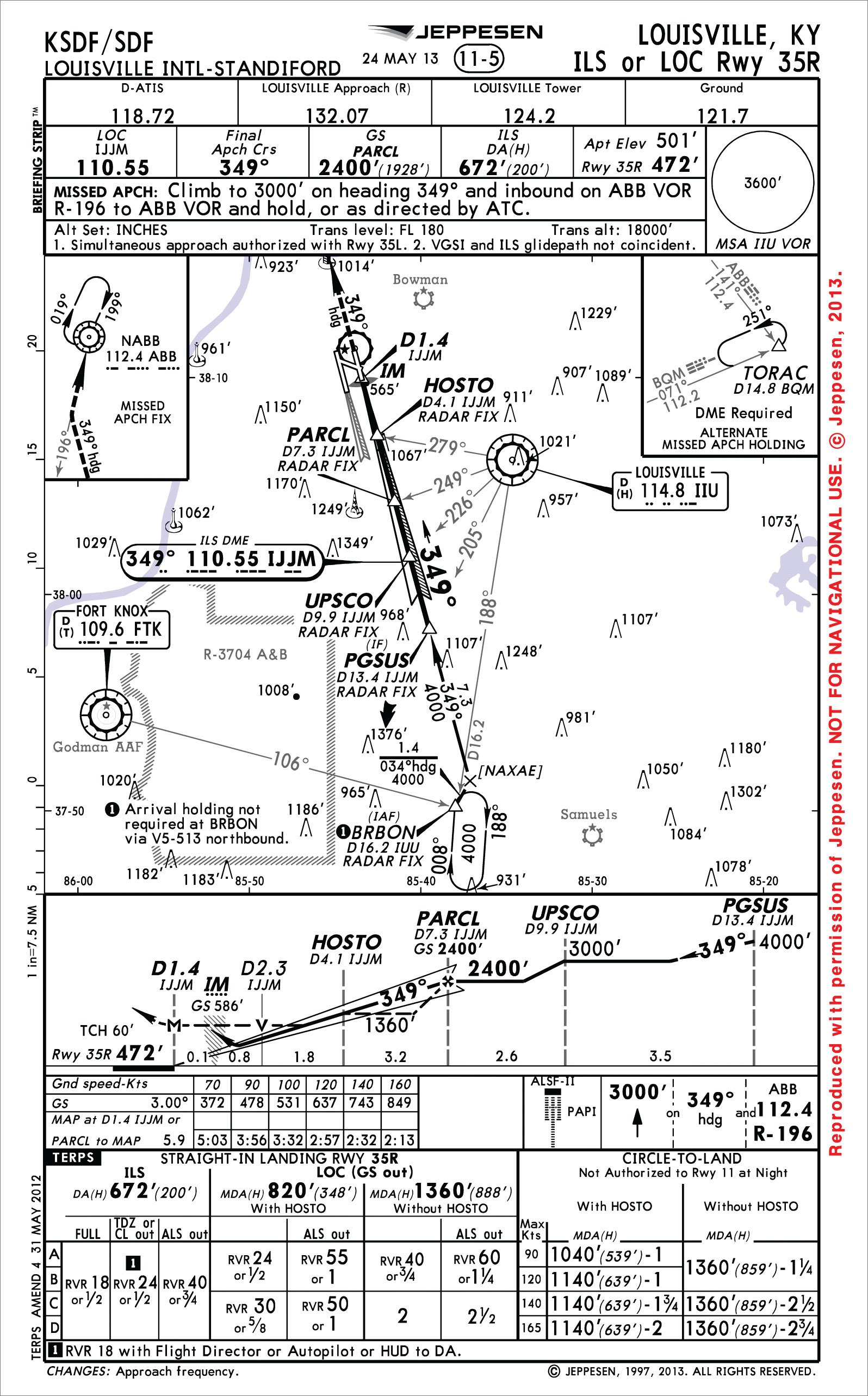
Alternate missed approach procedures are a way to mitigate the risk of a navaid not used on the final segment of a procedure making an otherwise functional approach unavailable. For instance, if an ILS procedure had a missed approach holding fix based off of a nearby VOR, an alternate missed approach procedure would be required since the failure of that VOR would knock out the still perfectly usable ILS.
This is a common scenario, and is the reason why most ILS and localizer approaches have alternate missed approach procedures. However, this is only required for conventional procedures. Since they are not dependent upon ground-based navaids, you won’t find alternate missed approach procedures on RNAV procedures.
Individual air traffic controllers can’t be expected to come up with replacement missed approach procedures on the fly that satisfy the obstacle clearance requirements of TERPS. Instead, the alternate missed procedure gives ATC a ready-made and flight-checked plan to fall back on should they need it if the primary missed approach procedure becomes unavailable.
How it’s Supposed to Work
At airports with good radar coverage, it’s rare to make it all the way to the published missed hold before getting vectors. As long as you are within 40 nm of the radar antenna and they have identified you on radar and can keep you clear of obstacles, controllers can issue radar vectors to you before you reach their minimum vectoring altitude.
Radar vectors aren’t a sufficient replacement for a missed approach procedure. Most missed approach procedures are also lost-communication procedures. If you were expecting missed approach vectors and go NORDO, a lot of confusion would result from nobody knowing what to expect.
Since they aren’t on your approach charts, you’ll need to receive the alternate missed approach instructions either verbally from ATC or as an FDC NOTAM. This is another reason to read FDC NOTAMs, since ATC isn’t required to repeat them to you. You don’t want to start flying the primary missed, only to find the VOR you need is out of service as you fly into no-man’s-land.
Alternate missed procedures published in FDC NOTAMs replace the primary instructions as a mandatory part of the procedure and can require equipment not needed for the approach.
Without a NOTAM, you’re afforded a little more flexibility. AIM 5-4-21 (e) permits pilots to reject alternate instructions given after starting the approach, which requires additional equipment. If the instructions are received before starting the approach, you must either accept them or negotiate something else.
How it Actually Works
Since controllers are supposed to be able to provide alternate missed approach instructions to pilots, it stands to reason that they would actually have a copy of the alternate missed approach instructions contained on the FAA source data. That’s the way the system was intended to work, but the reality of it is that controllers usually only have the same approach charts you have—without the alternate missed procedures. That may be changing soon, but for now most alternate missed procedures will probably come in the form of NOTAMs.
Finally, when assigned an alternate missed approach procedure, keep in mind that your GPS won’t know a thing about it, and that you probably can’t pre-program it. (Missed approaches often use leg types that typically can’t be manually entered into your GPS flight plan.) If you need to miss, being spring loaded to follow the magenta line could get you into trouble, since the magenta line will be taking you along the wrong missed approach track. Even when you do everything right, that fact alone can certainly be disorienting.
Lee Smith, ATP/CFII, is an aviation consultant, flight instructor and charter pilot in Northern Virginia.

